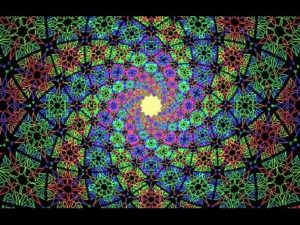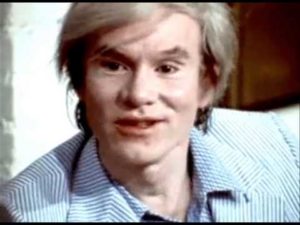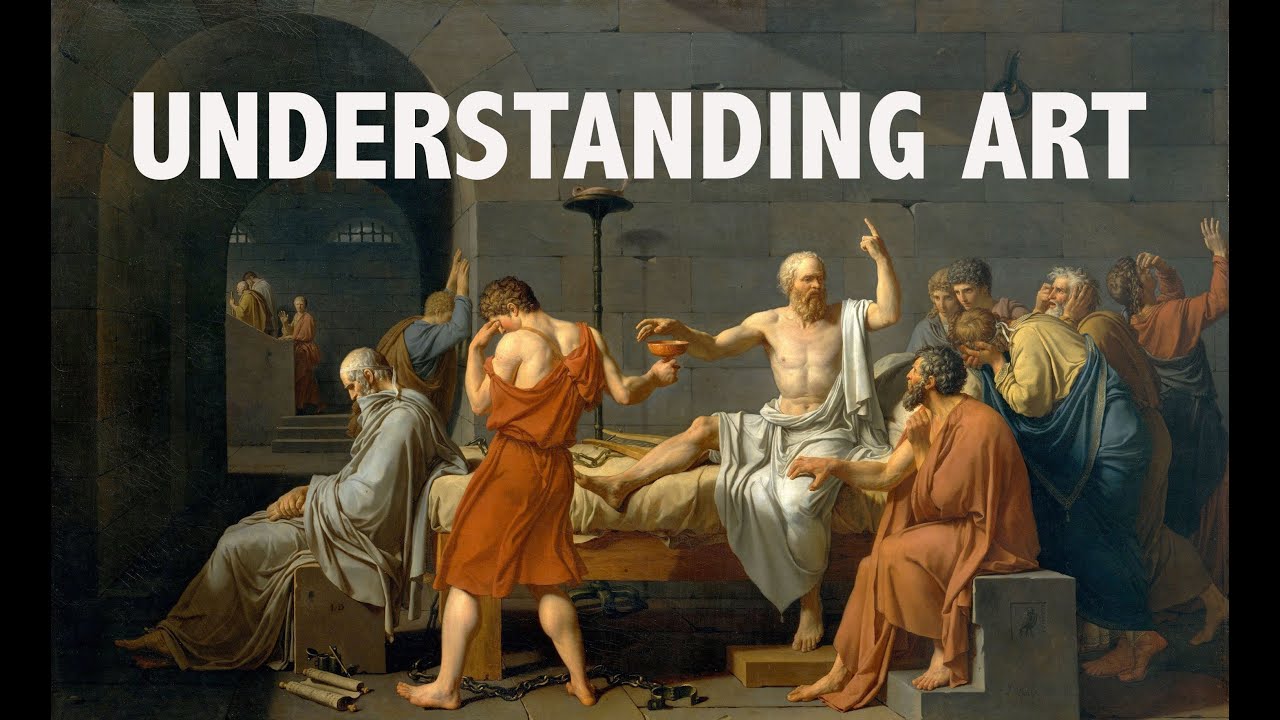To criticize a work of art is to make a judgment of its overall merit or demerit and to support that judgment by reference to features it possesses. This activity is of great antiquity; we find Aristotle, for example, relating the excellence of Sophocles’ Oedipus Rex to the excellence of its plot construction. Criticism became a topic in philosophy because reflection on the kinds of things said by critics generated various perplexities and in some cases encouraged a general scepticism about the possibility of criticism.

Two general and related problems in particular have taxed philosophers. The first is the question of whether criticism is a rational activity, that is to say, whether critics can give reasons for their judgments that would persuade potential dissenters of the rightness of those judgments. The second, a matter to which Kant and Hume made notable contributions, is the problem of the objectivity of critical judgments, it being widely believed that critical appraisals are wholly subjective or just ‘a matter of taste’. Arguments that use deductive or inductive reasoning to demonstrate the possibility of proofs of critical judgments are generally agreed to have failed. Another approach redescribes the critic altogether, not as someone who uses argument to prove their judgments to an audience, but as someone who aims to help the audience perceive features of the work of art and understand their role in the work. This entry will concentrate on the issues of the rationality and objectivity of art criticism.
A case for subjectivism
Disagreements in art criticism are widespread and frequently intractable. Subjectivists, wishing to demonstrate the impossibility of objective judgment in art, often begin with this apparently indubitable fact – though this tactic suffers from the fact that an observer is as likely to notice the widespread agreement in critical judgments over the pre-eminence of such figures as Sophocles, Mozart, Tolstoy, Beethoven, Rembrandt and Shakespeare. Nevertheless, the existence of often intense disagreement cannot be denied, but to concede this is not as yet enough to establish a subjectivist case. For while there are vehement and intractable disagreements in, say, mathematical theory and in physics, these disagreements do not entail the subjectivity of physics or mathematics.
Apart from the fact that disagreements occur in it, there must then be some aspect of criticism that underlies the claim that it is subjective in a way that physics and mathematics are not. It is tempting to think that while mathematics and physics possess proof or decision procedures, agreed on by practitioners of those subjects, in terms of which enquiries in those subjects proceed and disputes in them are in principle resolvable, there are no such agreed procedures in criticism. There, in lieu of argument and proofs, we have only unsupportable opinion. The denial that criticism is a rational activity (one in which reasons can be given for judgments) becomes a principal ground for asserting that critical judgments are subjective.
The impossibility of induction and deduction
The above section sketches the claim that there are no proof procedures in art criticism, as there are in physics and mathematics. But what proof is offered for such a claim? One way to argue that proof procedures have no place in criticism would be to take the two most commonly accepted forms of proof – deduction and induction – and show that these cannot be invoked in support of critical judgments.

For induction, one might argue that since all pictures by Rembrandt that have been hitherto examined have been found to be great paintings, any hitherto unexamined Rembrandt is probably a great painting. This use of induction has two weaknesses. First, on what basis was it asserted that the first Rembrandt ever examined was a great painting? Since it was the first Rembrandt, the assertion cannot have been based on inductive proof. Instead, an appreciator probably looked at the picture and simply pronounced that it was a great painting; here the sceptic merely repeats the question of whether that judgment can be proved by reasons. Second, the inductive judgment I have sketched has a peculiar uselessness for the would-be appreciator. Induction might indeed lead the appreciator to conclude that an unexamined Rembrandt was probably a great one. But the appreciator wants not merely to know indirectly that the picture is a great one: they wish to see and experience its greatness directly.

Various attempts have been made to introduce inductive procedures into criticism in order to underpin its status as a rational proof procedure. One of the most famous uses the notion of the Golden Section. The claim is that a certain ratio is to be found in all pictures that are the subject of favorable judgments. Hence the presence of that ratio in a picture constitutes a reason to believe that it is admirable. The claim that any picture exhibiting the Golden Section is admirable is not a self-evident truth, since it seems possible to imagine cases in which a picture that is admirable fails to exhibit the requisite ratio, or cases in which the ratio is exhibited in a picture that is a failure. Hence the claim must be an inductively based and probabilistic one: since admirable pictures have been found to exemplify the Golden Section, and since this picture exemplifies the Golden Section, we conclude that this picture is probably admirable. But, again, one wishes to know how the correlation between being an admirable picture and exemplifying the Golden Section was established in the first place. Presumably, someone asserted that a picture was admirable, then noticed that it exemplified a certain ratio and made a generalization from this. Then, however, the original judgment that the picture is admirable is not justified by induction, but rather underpins subsequent inductive arguments. Again, the sceptic can ask what, if anything, underpins the original judgment that the picture is admirable.
Deduction fares little better in justifying critical judgments. In deductive argument, one offers statements in support of one’s judgment, and these statements, if accepted, absolutely force the interlocutor to accept the judgment. It is difficult to see how such a process could work with judgments of art criticism. If I say that a painting is superb and support this statement with the assertion that its composition is admirable, its drawing excellent and its colors radiant, one of two things may happen. First, you may agree that the composition, the drawing and the color are as I say they are and yet not be forced to concede that the picture is superb. You might, for instance, claim that the composition, drawing and color, though individually excellent, do not work together. Alternatively, you may deny that the color, the drawing or the composition are as I say they are. How then am I to convince you that they are? I may go on to claim that what gives the picture its compositional quality is the presence of a patch of color in a certain position. The problem is that, while you may agree that the patch of color is in this position, you may not see the contribution that it makes to the composition, and thus not yet be forced to conclude that the location of the patch of color entails the presence of the compositional quality to which I referred.
Generality

The conclusion that neither inductive nor deductive reasoning can be used to prove, and thus justify, critical judgments may be reinforced by another, related set of considerations. A reason has to have a generality. If your doing a certain action in certain circumstances is a reason for praising you, it is reason for praising anyone who does that action in those circumstances. Some thinkers (Stuart Hampshire (1954), for example) have argued that reasoning in criticism is impossible because of the impossibility of this sort of generality in that context. Thus, it is claimed, the fact that a painting has a patch of color in a certain position may be the explanation for its admirable compositional features. But the existence of that patch in that location cannot be cited as a reason for concluding that the painting is admirably composed. For precisely that shade of color in the same position in another picture may be the cause of that picture’s bad composition. And if exactly the same feature can sometimes count for a conclusion and sometimes against it, it cannot be cited as a reason for believing that conclusion.
Care needs to be exercised here, however. Sibley has remarked that we can make a distinction between what he calls the ‘neutral’ features of a work of art and the ‘merit’ features. A neutral feature would be a feature such as the possession of iambic pentameter, an alliteration or a color patch in a certain position. The feature is neutral with respect to merit conclusions because it is possible without any unnaturalness to say, for example, ‘it is the alliteration that spoils this line’, and, in the case of another poem, ‘it is the (self-same) alliteration that makes this poem.’ Statements about neutral features cannot, indeed, be used as reasons in support of critical judgments. However, as Sibley observes, other terms do not have the neutrality of those just cited. If we take terms such as ‘witty’, ‘radiantly colored’, ‘elegantly composed’, ‘subtle in its harmonic variations’, ‘ham-fisted’ or ‘ponderously executed’, then these terms seem to have a positive (or negative) merit force. Though there would be nothing unusual about saying ‘What makes it so good is its wit’, it would be odd to say, ‘What makes it bad is the subtlety of its harmonic variations.’ These terms do then seem to have a general positive or negative force and are generally (and so genuinely) reasons for thinking something good or bad. However, as Sibley also pointed out, this positive or negative force is at best prima facie. That is to say, although the possession of wit is a prima facie reason for saying that something is good, we cannot argue that because something possesses wit, it is for that reason good or has something good about it; for the wit might be out of place, as, for example, it is sometimes said to be in the Porter scene in Macbeth. For that reason we cannot deduce a work’s value from the fact that it has wit in it. Once again the critic’s judgments seem not demonstrable by reason, a fact that, again, may appear to support subjectivism.
An alternative model
Hypnotized by the successes of the physical sciences and mathematics, many who thought about criticism – including, notably, the Russian Formalists – sought to remodel it along the lines of these activities and to look for inductive and deductive ways of proving critical judgments, the impossibility of such proofs being evidence of the unscientific subjectivity of criticism (see Russian Literary Formalism). In view of arguments already given no program of this sort could succeed. Observable features, such as onomatopoeia, alliteration, patterns of plots, no less than sound patterns in music or colour areas in paintings are neutral features, as likely to count for merit as against it, and cannot support critical judgments in any deductive way.

In fact the model of the sciences and mathematics provides the wrong model for the procedures of critical judgment. What is required in criticism is not inductive and deductive argument but an ability to see the qualities of visual works of art, hear the qualities of music and notice the features of literature. The model that best fits the practices of criticism appears to be the model of getting someone to perceive something rather than arguing someone into something. This is not, as it is with the colors of traffic lights, simply a matter of pointing the gaze of a color-sighted person in the right direction. Like wine-tasting, aesthetic perception may require practice and experience. The critic, in helping one to see, hear or notice, can use a variety of devices, ranging from simply pointing out the features believed to be present to the use of analogies, metaphors, comparisons and gestures, in the way in which a conductor may help a choir to sing a phrase in a certain way by hand movements.
If this kind of model is adopted – and, given that we use our eyes and ears in artistic appreciation, what more appropriate one suggests itself? – then the questions of rationality and objectivity assume a different aspect. First, the scope of reasoning in artistic judgment is immediately narrowed. What the critic wishes to do is to help the reader, viewer or listener to see or hear what is there to be seen and heard. And although critics can give reasons for looking and listening (‘because the object will reward your contemplation’), and although they can give reasons, possibly of a deductive or inductive kind, for believing that something has merit or demerit (‘most people think this is good, so try it’), they cannot give reasons that will make people see or hear something. The case is analogous to that of ordinary perception: I can give you reasons to look at the traffic light but not to see that it is red.
Although critical judgments are thus not objective in the sense that reasons can be given to prove them, this is not the only way in which objectivity is possible. We need to ask, then, what kind of objectivity is appropriate to critical judgments. Given that these are perceptual judgments, the kind of objectivity they will have, if any, will be the kind that can be possessed by perceptual judgments. We do have an inclination to believe that statements about the colors of traffic lights and the sounds of fog horns can be true and false, right or wrong. That possibility depends upon there being some kind of agreement in visual response among human beings in the presence of such things as grass and tomatoes. Some, notably Sibley, have suggested that this kind of agreement is found in cases of art appreciation, and hence that this activity, too, has some claim to objectivity. That this objectivity is dependent upon human responses does not, as Hume argued (1757), prevent there being standards in terms of which we might adversely judge the adequacies of certain responses: for example, the response of someone who thought Barry Manilow superior to Bach.
Final remarks

To assert that Bach is superior to Barry Manilow is not to rule out anyone’s right to prefer Manilow to Bach. As Kant remarked in one of the most important treatises in aesthetics (1790), if all one wishes to say is that one likes a thing, then, at least in aesthetics, who is to deny one that right? But if one wishes to say that the thing is good, great or awful, one is making a claim that goes beyond any statement of one’s personal preferences, a claim that, as I have suggested above, may invoke an appeal to a shared sentiment.
Next, it needs to be noted that discussions of subjectivity and objectivity are bedevilled by assertions that judgments must be either one or the other. Better perhaps to think of the subjective and the objective as poles of a spectrum; to think of the judgments we make, affected as they will almost certainly be by our life histories and our distinctive human personalities, as lying somewhere along this spectrum; and to be characterized, at most, as tending towards one or other of its poles according to the perhaps excusable degree of idiosyncrasy they display.
Finally, we may sum up art criticism as the activity of detecting and of helping others to detect the perceptual value and devaluing features of works of art. In understanding that activity we need to distinguish two uses of the term ‘reason’: the justificatory sense, when, for instance, we say, ‘A reason for believing that it is good is that most competent critics say that it is so’, which is of doubtful use in art criticism; and the explanatory sense, when we say, ‘The reason it is balanced is the patch of red in the left-hand corner.’ Acute critics are often good at offering such explanations, and this is indeed one of the ways in which we might be helped to see the qualities to which our attention is being directed.
